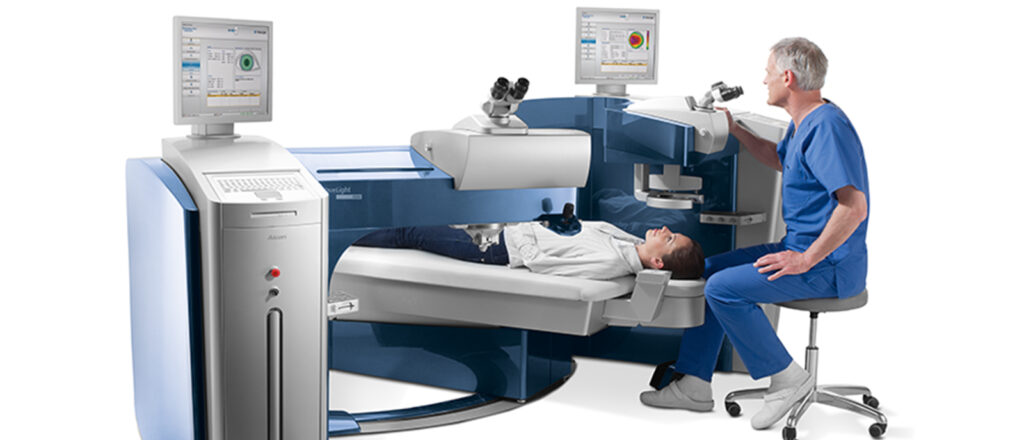LASIK Technology Melbourne: NASA’s Eye-Tracking Breakthroughs
How NASA Innovations Support LASIK Technology in Melbourne
LASIK technology in Melbourne has benefited from advances first developed for space missions. Did you know NASA’s scientists invented the eye-tracking devices now widely used in advanced LASIK procedures? Their work aimed to track astronauts’ vision during spaceflight, but today it helps ensure precision and safety for patients right here on Earth. Read about NASA’s technology here.
How Modern LASIK Technology Works
LASIK technology in Melbourne clinics like Vista Eyes uses the WaveLight EX500 Excimer Laser, featuring high-speed eye tracking. This device monitors your eye’s position over 1,000 times per second, helping to deliver precise treatment. If your eye moves, even slightly, the laser pauses and waits for perfect alignment. This technology keeps your surgery safe and accurate. For more details, see our LASIK procedure page.
Steps in a LASIK Eye Surgery Procedure
LASIK is a two-step procedure. First, a femtosecond laser creates a thin, hinged flap in your cornea in about 10 seconds per eye. This flap is lifted to access the underlying corneal layers. Next, the excimer laser reshapes the cornea to correct common vision problems such as myopia, hyperopia, and astigmatism. Thanks to this innovative technology, most patients resume regular activities, including driving, within a day of surgery.
Why Choose Advanced LASIK Technology in Melbourne?
At Vista Eyes, we are committed to offering the most up-to-date technology in Melbourne. We regularly invest in new equipment and ongoing training for our surgical team. Our focus on quality, innovation and patient safety means you benefit from technology with NASA origins and local expertise.
*This information is general in nature. All medical and surgical procedures have potential benefits and risks. Please consult your ophthalmologist for individual advice.
